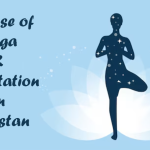Exploring how identity, tradition, and local realities mold the way people speak.
Introduction
Language is more than just a means of communication—it’s a reflection of who we are. Across the world, regional dialects demonstrate how culture deeply influences the way people speak, express ideas, and even think. From vocabulary and pronunciation to idioms and grammar, local customs, geography, history, and community values all shape the way language evolves in different areas.
The Cultural DNA Within Dialects
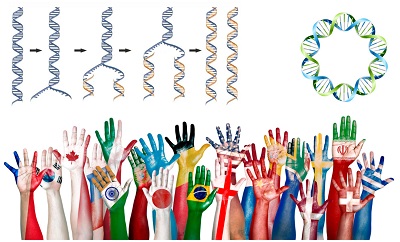
Every regional dialect is a living piece of culture. Whether it’s the lyrical rhythm of Caribbean Creole, the poetic expressions of Urdu in northern Pakistan, or the sing-song tones of Appalachian English in the U.S., these differences aren’t random. They reflect migration, trade, colonization, climate, religion, and even cuisine.
For example, in northern Pakistan, words for snow, mountains, and cattle are far more developed than in southern regions. Meanwhile, in coastal areas, seafaring and fishing vocabulary dominate. These practical needs are encoded in the language, passed down through generations.
Vocabulary Rooted in Tradition
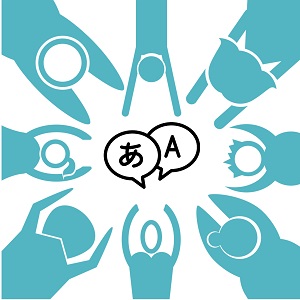
Cultural elements like food, clothing, and social rituals deeply impact vocabulary. A dialect spoken in an agrarian society may have numerous words for crops, irrigation, and seasonal changes. In contrast, urban dialects reflect fast-paced social life, digital slang, and multilingual fusion.
Take regional variations of Arabic—while the written form remains standard, the spoken dialect in Morocco is vastly different from that in Egypt or Syria, shaped by Berber, French, and Ottoman influences respectively.
Pronunciation Patterns Shaped by Geography
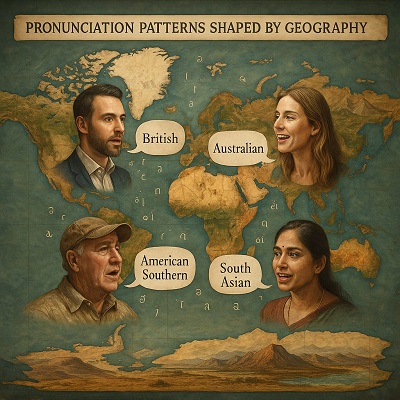
The way people pronounce words often stems from isolation or connection. Mountain communities may develop “slower,” more preserved dialects, while urban hubs evolve rapidly due to cultural mixing.
For instance, the Scottish Highlands preserve older Gaelic pronunciations, while Glaswegian English shows heavy influence from working-class industrial speech. Similarly, Sindhi and Balochi accents within Pakistan differ significantly depending on proximity to rivers, deserts, or international borders.
Idioms as Cultural Snapshots
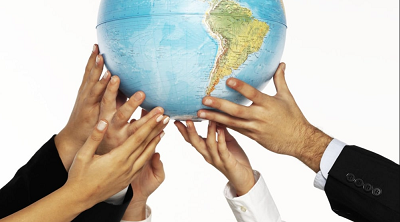
Idioms and metaphors offer windows into a region’s worldview. The phrase “don’t throw stones at glass houses” may not translate in regions without glass windows. Cultures with strong oral storytelling traditions (like Pashto or Yoruba) have deeply poetic idioms filled with cultural references.
These expressions not only flavor communication but encode wisdom, humor, and social norms that are often hard to translate.
Language and Identity
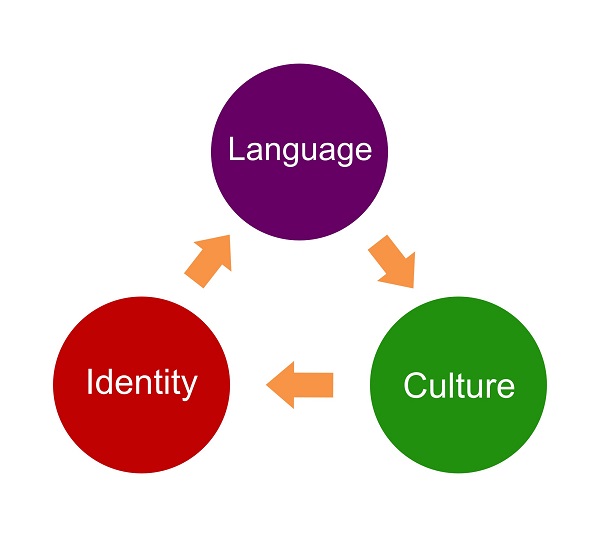
Language is a badge of belonging. People often switch between formal language and regional dialects depending on context—a phenomenon called code-switching. It’s common in multilingual countries like Pakistan or India, where people might speak Urdu, Punjabi, and English interchangeably depending on the situation.
Regional dialects signal group identity, social class, and even political affiliation. For some, speaking in a local dialect is an act of cultural pride or resistance against linguistic homogenization.
History Leaves Linguistic Traces
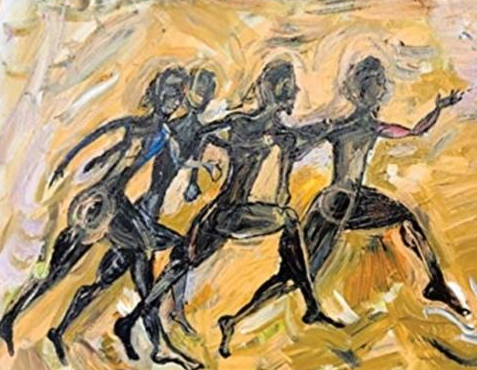
Colonialism, war, and migration leave lasting imprints on dialects. In South Asia, British colonization introduced English loanwords into almost every regional language. In Africa, colonial borders forced unrelated language groups into artificial nations, resulting in hybrid dialects and pidgins.
In Latin America, the Spanish spoken in Mexico sounds noticeably different from that in Argentina—shaped by indigenous languages and European immigrant communities over time.
Case Study: Pakistan’s Rich Linguistic Tapestry
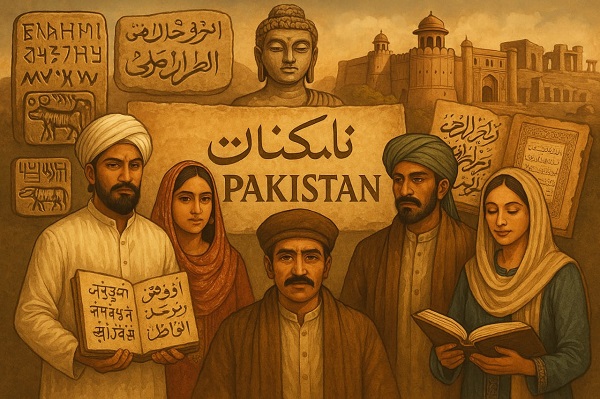
Pakistan offers a vivid example of how culture shapes language. With over 70 spoken languages and dozens of dialects, each region brings unique linguistic flavor.
Punjabi: Boisterous and expressive, heavily idiomatic and rhythmic.
Sindhi: Known for its soft, poetic tone and historical Sufi influence.
Pashto: Commanding, with deep metaphorical structure from tribal storytelling.
Balochi: Rugged and resilient, mirroring the harsh terrain and nomadic life.
Cultural events, poetry, cuisine, and even political history are reflected in these dialects—making language a core part of regional identity.
Globalization vs. Local Voices
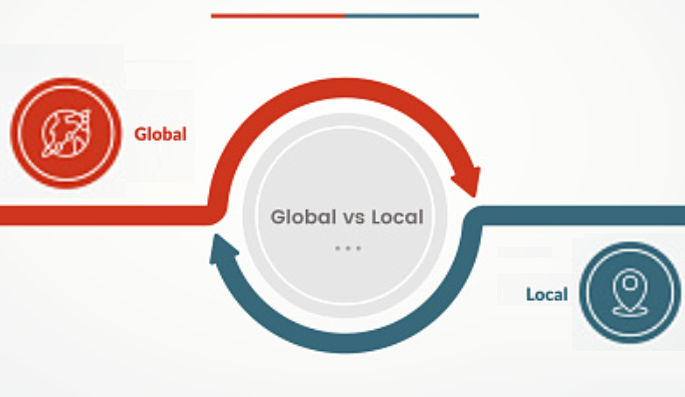
In today’s digital world, there’s growing pressure toward standardized language (like English or Mandarin). Yet, regional dialects remain resilient. They evolve, adapt, and sometimes even go viral online. Movements to preserve endangered dialects are growing stronger globally, emphasizing the importance of linguistic diversity as cultural heritage.
Conclusion
Regional dialects aren’t just “local versions” of language—they are dynamic, living expressions of culture. They reflect how people live, what they value, and where they come from. By understanding how culture shapes language, we gain a deeper appreciation for human diversity.
At Rikhtiya, we believe that regional identity deserves a platform. Through articles like these, we aim to preserve the power of culture through storytelling, language, and facts—bringing voices from every corner into one digital space.





